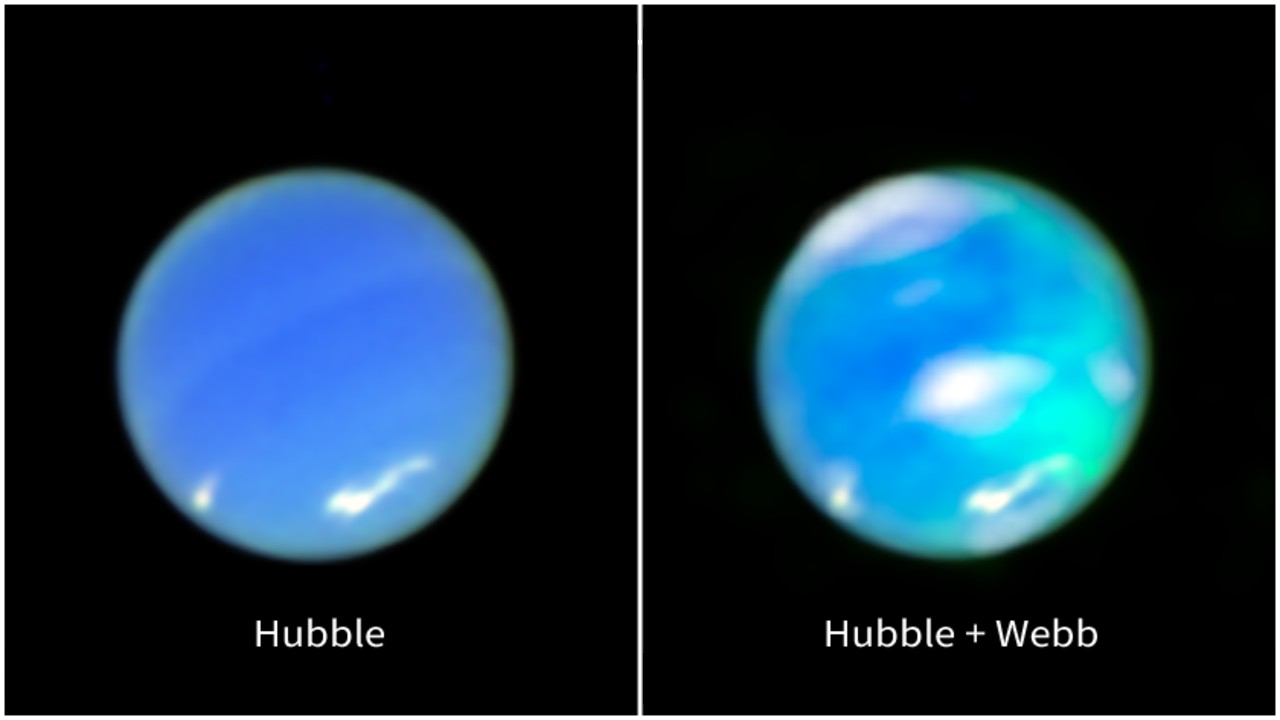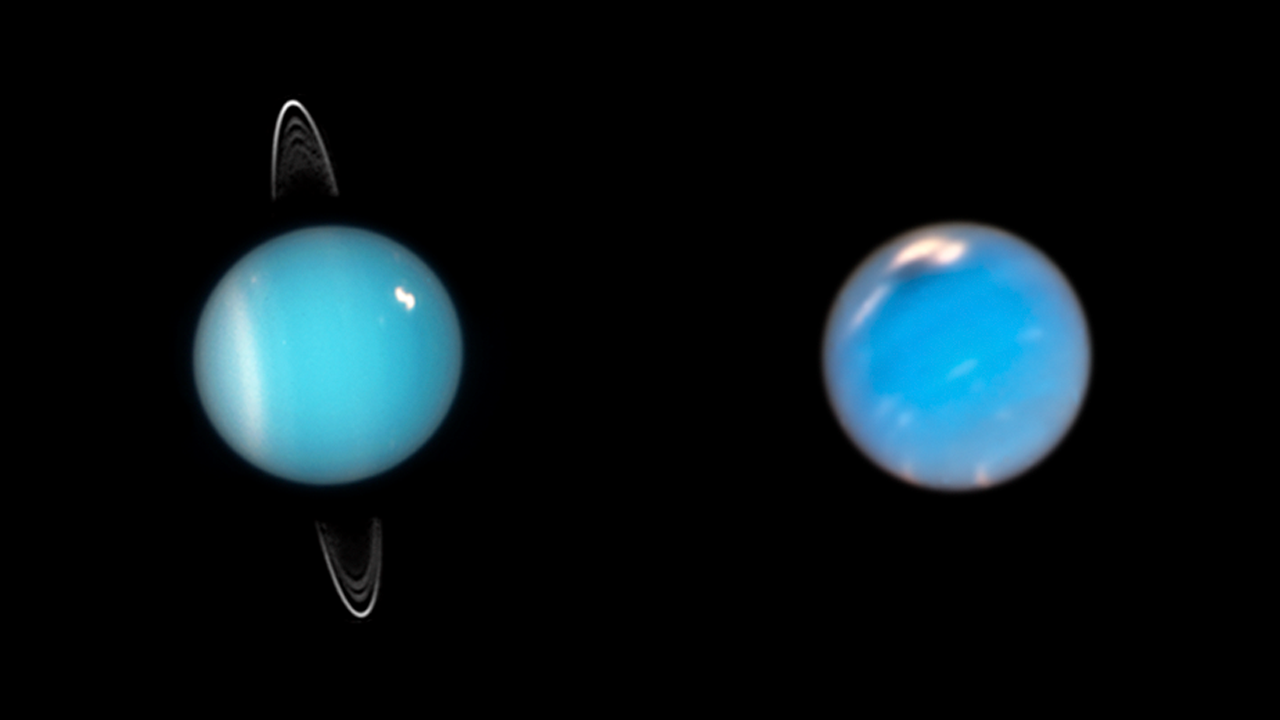Astronomers have long called Uranus and Neptune the “ice giants” because models suggested that the interiors of these outer planets are largely made of mixtures of water, ammonia and other ices, compounds that freeze easily in deep space. But new research reveals that we actually know very little about what happens inside these planets, leading researchers to propose that Uranus and Neptune be called “rock giants.”
The problem with Uranus and Neptune It’s that we have very little data available to us. Unlike Jupiter and Saturn, which have hosted specific missions such as the Cassini probe and the Juno spacecraft, the outer planets have not received visitors since the traveler 2 overflights more than 30 years ago.
So to understand the interiors of these planets, we must rely on a variety of indirect clues, such as their magnetic fields, observations of the characteristics of the surface atmosphere, and subtle changes in the orbits of their moons. For decades, models of solar system formation dictated that the outer realms of the solar system were dominated by molecules such as water and ammonia ice. So naturally, those compounds would make up the bulk of Uranus and Neptune, hence their “ice giant” nickname.
but a new preprint study accepted for publication in the journal Astronomy and Astrophysics took a completely different approach. Rather than attempting to construct a physical model of planetary interiors from possibly erroneous and biased assumptions, the authors generated a series of random models of the interior contents of Uranus and Neptune. They then compared those random models to a large amount of observational data and built a database of all the models supported by the observations.
The models yielded some expected results. Each planet has less than a quarter of hydrogen and helium, which matches the predictions of formation of the solar system models and observed densities of the planets. The models also created layers of electrically conductive material, which may explain the magnetic fields of Uranus and Neptune.

But this agnostic approach produced a big surprise: we may have no idea what the interiors of Uranus and Neptune are really like.
For example, Uranus’s rock-to-water ratio varies widely, from a low of 0.04, meaning the planet is almost exclusively water, to 3.92, which is just the opposite. Neptune is a little better understood, but it could still have anywhere from five times as much water as rock to twice as much rock as water.
If that’s the case, then “ice giants” may be the wrong name for these planets. Most of their mass could be in rock form, potentially giving them more rocky material than even Jupiter either Saturnalthough Neptune and Uranus are much smaller than those two gas giants.
If this idea holds up, it could challenge existing models of solar system formation, as we would have to find a way to bring enough rocky material to the outer solar system to allow it to accumulate on these planets.
Only a dedicated mission to Uranus or Neptune could solve these problems, since we need high-quality data from an orbiter to fully understand what is happening.






